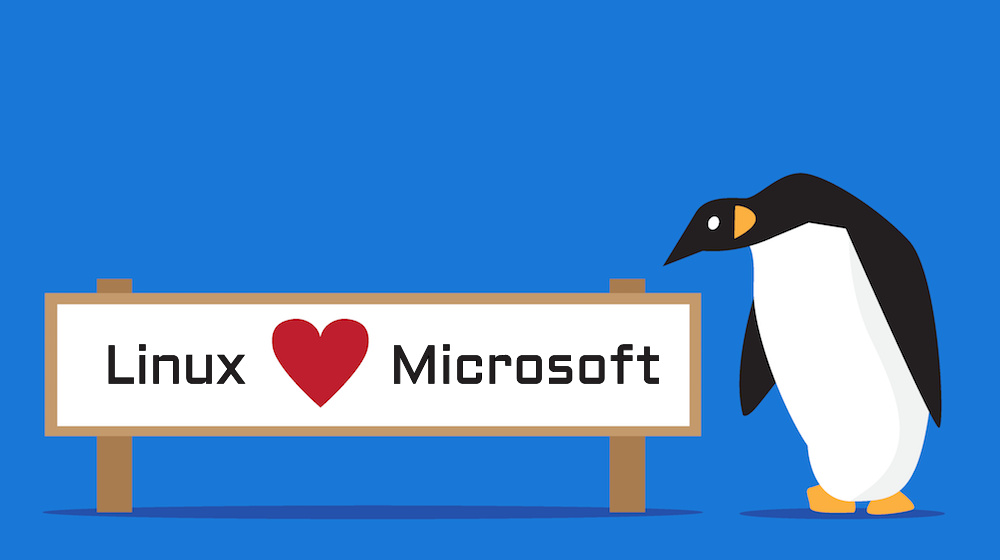Why Does Eric Raymond Think Windows Will Lose Desktop War To Linux?

Last week, Eric Steven Raymond (often known as ESR) penned an article arguing that this could be the last phase of desktop wars and Linux will eventually win it gracefully. But how?
As he observed, Linux will not replace Windows, instead, Windows will become an emulation layer on top of the Linux kernel.
Before we take the argument forward, let me tell you that Eric S. Raymond is an open-source advocate, and a writer, widely known for his most popular work “The Cathedral and the Bazaar.” Besides his several write-ups, he has also co-founded and served as president until 2005 of the Open Source Initiative.
Obviously, one of the reasons he mentioned is the gradual development of the Windows Subsystem for Linux (WSL), which has kept adding features to ease running Linux binary executables natively on Windows 10.
Microsoft started this with WSL, then refreshed it wholly to launch WSL 2 which brought full Linux kernel to Windows 10, Linux File Integration, DirectX on Linux, Linux file system, and a lot more to come like Linux GUI app.
Besides WSL, Microsoft recently also confirmed it will launch the first Microsoft Edge for Linux previews in October. And how can we forget Microsoft’s big bet, Azure, a cloud computing platform, and the official Linux-based Azure Sphere OS?
According to Eric, Microsoft’s revenue stream has changed since the launch of its cloud service in 2010 as Azure now makes most of its money. On the parallel, the sales of conventional desktop PCs are also declining, which results in the fall of investment in Windows development.
That is why Microsoft will eventually prefer putting more capital investment into Azure than continuing Windows development. The irony is that Linux is already the most in-demand OS on Azure.
Last but not least, Eric believes that Proton also has an important role to play for Linux winning the desktop wars. Proton is a Wine-based emulation layer that allows Microsoft Windows games to run on Linux-based operating systems.
With Proton, not perfect yet, getting close enough to run Windows business software over Linux, Microsoft will start reducing its development costs to maintain Windows 10.
In the end, Raymond sees the new Windows as an emulation layer on top of the Linux kernel, support for Windows-compatible tools moving to Linux, and Microsoft focusing so much on Azure that it will stop spending money on Windows.
Eventually, the end of Windows emulation layer too.
Via — TheRegister






